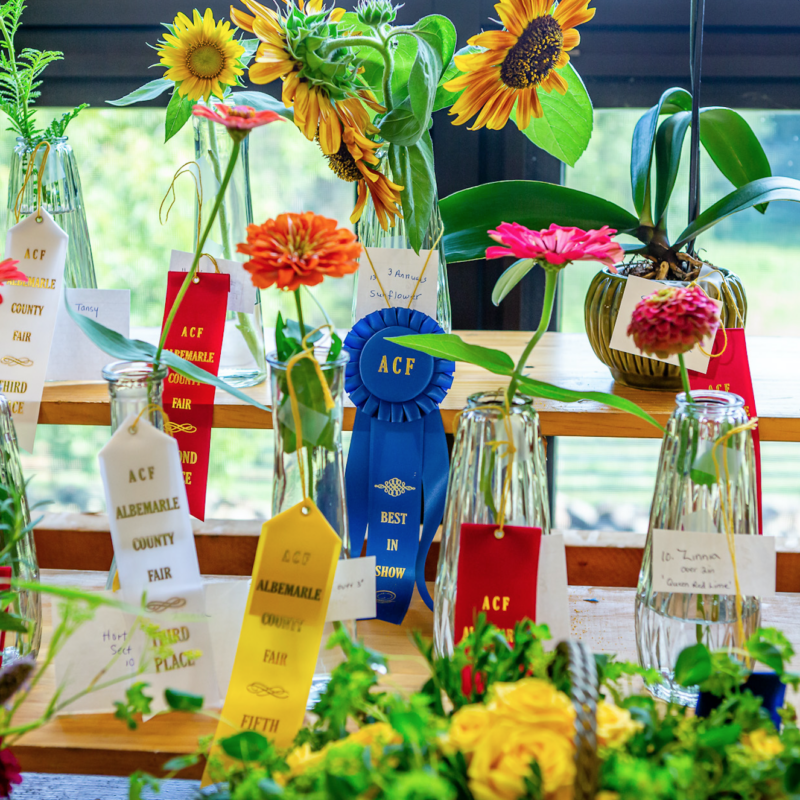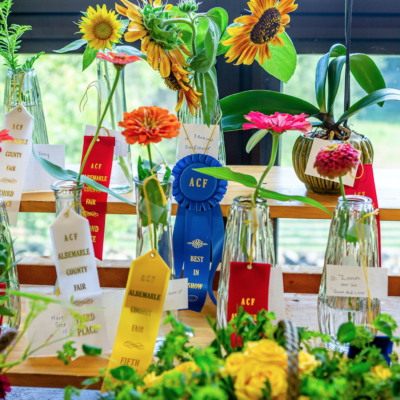When life gets in the way of vacation, you’ve always got wine. Opening a bottle and pairing it with regional foods can take you on a virtual voyage faster than you can click your heels and say, “There’s no place like the Mediterranean.” And my Spanish high heels found their way back home the minute I stepped into Mas Tapas—a Best of C-VILLE winner again this year—for a Rioja tasting on a ferociously hot evening a few weekends ago. Owner Tomas Rahal planned a tasting of 25 wines from Rioja to embrace the heat rather than fight it. He even kept the brick oven fired up all day long to roast a local milk-fed baby goat (cabrito) for a pairing straight from the old country.
/Rioja.jpg) The Rioja region in Spain comprises three zones: Rioja Alta, Rioja Baja and Rioja Alavesa. Many wines from the area blend fruit from all three.
Winespeak 101
Appellation laws (n.): The legally defined and protected geographical indication used to identify where the grapes for a wine were grown. Other restrictions, which vary by country, include what grapes may be grown, maximum grape yields and alcohol levels.
|
My fellow travelers were a motley crew of architects, local winemakers, Rioja publicists and Wine Bloggers’ Conference escapees. We got the fiesta started with a non-Rioja wine called Txakoli (pronounced “chock-oh-lee”) from the Basque region just north of Rioja. It’s a slightly fizzy, high-acid, low-alcohol lemon drop of a wine that’s poured with flourish from great heights to increase the bubble (and fun) factor. The ultimate in noncommittal wines, Txakoli is usually drunk as a shot to prime the palates of tapas bar-crawlers.
We had nowhere to crawl but Rioja. This region in the north central part of Spain is better known for its lusty, tempranillo-based reds, which account for 90 percent of its 280-300 million liter annual production. However, the whites, made mainly from viura and garnacha blanca (white grenache), aren’t to be overlooked by anyone who likes dense, creamy whites with citrusy refreshment.
Rioja is big on oak, even for whites, but don’t let this dissuade you. Oak-aging gives them a longer shelf-life (the 100 percent Viura Vina ‘Gravonia’ from venerated producer Lópes de Heredia was 10 years old and still kicking) and makes them ideal for the rich, nutty flavors of Spanish cuisine. One of the region’s largest producers, Muga, makes its own barrels and infuses them with Spanish truffles. Muga Viura 2009 ($8 a glass) was full of tropical fruit and a sublime match for slivers of dried Iberico ham cut from the shoulders of acorn-fed pigs. The stainless steel fermented Cifras Garnacha Blanca 2010 ($15 a glass) had a pine sap quality to it that conjured Spain’s brushy landscape. Charming us in the rosé category was the inexpensive but downright lovable Muga Rosado 2009 ($8 a glass), which tasted like strawberry shortcake.
The cabrito arrived, earthy and succulent, just in time for the reds. Rioja’s appellation laws (see Winespeak 101) delineate three levels of red Rioja based on barrel-aging and bottle-aging requirements pre-release: Crianza (one year in barrel, one year in bottle), Reserva (one to two years in barrel, one to two years in bottle) and Gran Reserva (two years in barrel, three years in bottle). Initially meant to be an indicator of quality, these labels now speak more to the wine’s style, with Crianzas tasting juicy and fruity and Gran Reservas tasting spicy and woodsy. One of the best values was La Bastide El Primavera 2009 ($7 a glass), which tastes like freshly muddled cherries, cedar and vanilla. It’s bright yet layered and effortless to drink. Of the Reservas, I was partial to Lópes de Heredia ‘Bosconia’ Reserva 2002 ($16.50 a glass) for its flavors of raspberry and bricks (I’ve never eaten bricks, but I’m convinced I’d like them) and how it complemented the fennel, herb and garlic rub on the goat. I was fortunate to try Heredia’s ‘Tondonia’ Gran Reserva 1991 ($40 a glass) but felt like I would have needed more time (and cheese) to meditate on its oxidized nature. I loved the Bellasario 2004 ($35 a glass)—blackberry jam with a swirl of cream—as a Gran Reserva I could (and did) drink with dinner.
In true Spanish style, we ate, drank, sweated and laughed, getting louder with every wine. When Rahal struggled to hear my questions over the din of the room, he told me that the Spanish have a word for such food- and wine-induced volume: bulería. There’s really no place like Spain, even when it’s right here at home.




